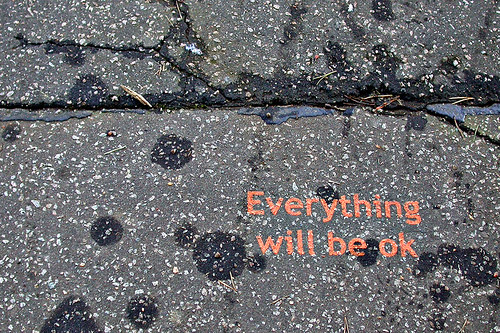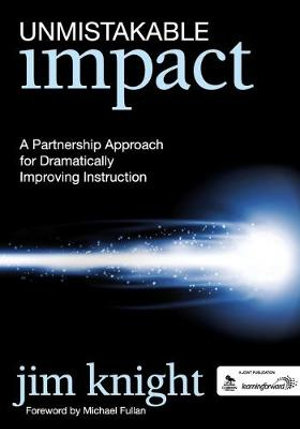After reading this piece from EdWeek guest blogger Michelle Davis, I’ve more questions than answers around MOOCs.
They’ve been a bit of a mystery to me since I first hear about the massive open spaces a few years ago, and they have only gotten more so as they’ve developed and grown more popular.
In the piece, Davis describes “K-12 Teaching in the 21st Century,” a MOOC effort from Michigan Virtual University and Kent State University to help current and aspiring teachers navigate the technological landscape as it exists today. Aside from wishing the title were “Teaching Now,” I’m not quite sure how I feel about this course and others like it.
Are we doing what we didn’t like before, but bigger?
As I look at MOOC efforts, they strike me as the big box stores of education. This makes it feel strange when the same folks who champion connecting with students, the values of being able to build a network across time and space, and other humanist lines of thought also champion MOOCs.
Don’t these spaces present greater likelihood of anonymity and leave the forging of strong personal connections to chance? I’ve signed up for four MOOCs in the last two years and finished neither of them. Contrary to the views presented here, my intent on each registration was to finish the course, engage with its material and connect with other participants. With the exception of reading the recommended book for one of them. I did exactly none of that for any of them, and often left because I wasn’t interested in performing tasks that weren’t immediately relevant for teachers who would never know I’d left.
In each course, I saw a way to do the work without getting recognized, to slip through the course as a number, user name or email address, and to step away from the course without feeling as though I’d given up, stopped, or left something undone.
Shouldn’t I at least feel like I’d walked away from worthwhile work, missed connections with fellow travelers, or that my presence would be missed? Aren’t these the same questions we’ve been asking about standard classrooms where we’ve been trying to operationalize relevance and relationships for years?
Do we need to organize the Internet this way?
Am I wrong in feeling like the advent of Google and other search engines established the best version of a MOOC? Isn’t the Internet exactly a massive open course?
Part of the beauty of what I see in finding resources online is the manner in which I can curate exactly what I want to get my learning or a given task completed. I can cull multiple forums, jump to vimeo and youtube, throw together a google doc, and invite tweeps in to help me brainstorm. And, I can do all of this in a moment with any topic. Don’t MOOCs limit that open curation of tools, answers, and immediate assistance in important ways?
With a library card, an Internet connection, and a social media account, wouldn’t I have the same affordances of a MOOC without the limitations of playing by someone else’s structure?
Is this all in the service of data?
The language of most any formal school environment these days is replete with mentions of data. Decisions, discussions, and direct instruction are all driven by it. If the comments of the last section are true, and I can complete the learning of MOOCs without MOOCs using any number of free resources, does it stand to reason that we like these courses because it’s a way for schools and other organizations to be able to present data about the Internet?
Whereas I could learn something on my own before and no one but me would be any the wiser, does the construction and subsequent completion of a MOOC provide the satisfaction of gathering data that drives us to construct more MOOCs?
Rarely do I read articles about MOOCs that go beyond reporting on the course title or subject and the number of people who have enrolled or completed the course. The data points more interesting to me take longer to explain. They are the explanations of what people built as a result of participation. What shape did the expression of learning take within the course? What was the diversity of artifacts created? What depths of understanding are marked by certificates of completion?
Rarely, if at all, do I read explorations of these data points in relationship to MOOCs. This speaks, I fear to my first point above.
I’m still not sure.
I list the questions and concerns above because I need to know more about MOOCs and because I worry whenever millions of dollars of education funding start sliding toward any effort. It usually means they’re sliding away from something else.
As a result of MOOCs, it’s easier for me or someone a world away to access the thinking of people I’d not otherwise have had access to. In the name of MOOCs professors from leading institutions have had an impetus to do what millions of us were already using the Internet to do – share.
Is there more there? What are the unintended consequences of moving toward MOOCs? What possibilities, solutions, and learning environments are we ignoring as we pay attention to this model?
Help me think?
Like this:
Like Loading...




